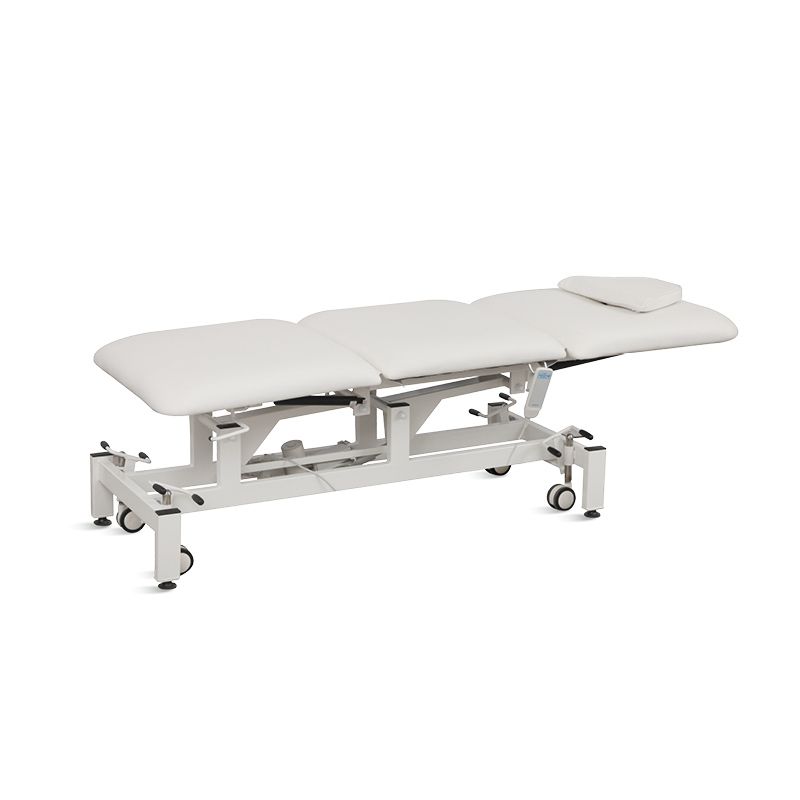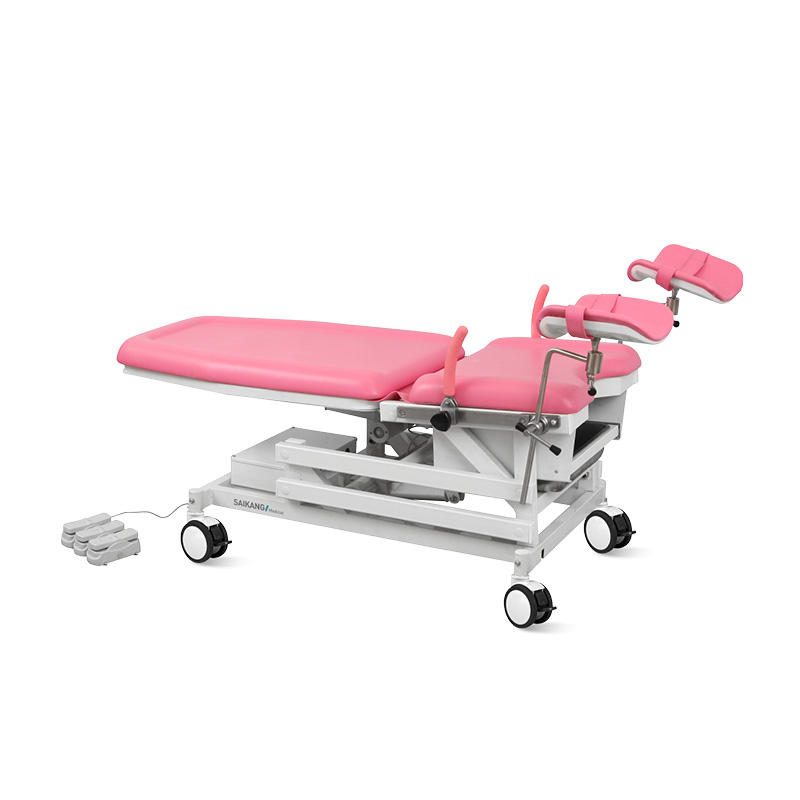Are you looking for the perfect hospital bed for someone you love? Making this decision is important. Their overall comfort, safety, and health might all be significantly impacted. Consider the following aspects when selecting a hospital bed for home care:
Choosing a Hospital Bed for Home Care

Recognize the requirements of the patient
First and foremost, think about the needs of the patient. Do they require help moving around? Are they at risk for bedsores? Knowing what they require might help you choose the right bed for them.
Measure the Area
Find out how much room the bed will occupy. Make sure there is sufficient space for the bed and for caregivers to walk about without encountering any obstructions. Pay attention to corridors and hallways to ensure easy mobility.
Recognize the Various Bed Types
Manual, semi-electric, and full-electric hospital beds are available. Since electric beds can be easily changed remotely, they are even more convenient than manual beds, which require physical work. Choose the kind that best suits your requirements.
Search for qualities that reassure and comfort
Look for characteristics that ensure the patient’s comfort and safety. Pressure point-relieving mattresses may aid in the prevention of bedsores. Select mattresses that include robust side rails and safety measures to further reduce the likelihood of mishaps and falls.
Verify the Weight Cap
Verify the weight limit to make sure the bed you select can safely support the patient’s weight. Instability and instability might result from overloading the bed.
Easy to Clean and Maintain
Select a bed that will require little cleaning or maintenance. Beds with washable and replaceable components that facilitate easy cleaning and prevent the growth of dirt and germs provide a better environment for patients.
Take Mobility Needs into Consideration
Mobility needs must be completely taken into account. Mobility needs for both the patient and the caregivers belong in this. If transfers or frequent mobility are necessary, a bed with wheels can be preferable. On the other hand, if the bed remains still, a fixed bed can be useful.
Create a budget
Choose a spending limit that aligns with your financial situation. Examine possibilities within that budget after that. While price is crucial, consider the bed’s comfort, safety features, and quality to ensure that it’s a decent deal.
Examine Warranty and Customer Service
Examine the warranty and customer service offerings. You have protection against any issues with a decent warranty. You may obtain good customer service.
Different types of hospital beds and their benefits

Picking the right hospital bed for home care is very important. It can help make someone comfortable, and safe, and help them get better. Different types of hospital beds can help with different needs. Let’s look at the different types of hospital beds for home care and how they can help.
1. Standard Hospital Bed
In many home care settings, users employ a standard hospital bed. Users can adjust these beds in height, and they can move the head and foot sections. These beds possess basic features that can enhance patients’ comfort.
Benefits:
- Changing the height facilitates easy access and movement.
- Raising the backrest and leg sections enhances comfort.
- Safety rails can stop falls when moving.
2. Low Hospital Bed
Low hospital beds are closer to the ground. This can help stop injuries from falls. These beds are good for patients who have trouble moving or might fall.
Benefits:
- Lower risk of falling because of the lower height.
- Easy to get to for patients who have trouble moving.
- More safety for patients who might fall.
3. Bariatric Hospital Bed
Bariatric hospital beds are made to help heavier patients feel comfortable. These beds are wider and stronger than standard beds. They give enough support and are stable.
Benefits:
- Can hold more weight for heavier patients.
- Stronger to hold more weight.
- Wider area for more comfort.
4. Pressure Relief Mattress
Pressure relief mattresses can help stop bedsores and help blood flow. These mattresses use special materials and systems to stop pressure points.
Benefits:
- Stops bedsores and skin problems.
- Helps blood flow and lowers the risk of ulcers.
- Gives comfort to patients who need to stay in bed for a long time.
5. Air Bed
Air beds, also known as alternating pressure mattresses, change pressure to help. These beds fill and empty air cells to lower pressure on sensitive areas.
Benefits:
- Lowers pressure ulcers and discomfort.
- Firmness can be changed for comfort.
- Helps blood flow and oxygen to tissues.
6. Overbed Table
Overbed tables are useful tools to help with different activities in bed. These tables give a stable surface for eating, reading, or using electronics.
Benefits:
- Handy surface for eating and activities.
- Height and angle can be changed for the best position.
- Helps patients be independent and comfortable.
Final Thinking
For patients’ comfort and well-being, choosing the appropriate hospital bed for at-home care is crucial. Every type of bed—standard, low, bariatric, or speciality—offers a unique set of advantages and can assist with certain requirements. Caregivers may choose wisely and provide the finest care possible for their loved ones at home by being aware of the many kinds of hospital beds and their advantages.
 Professional medical equipment supplier
Professional medical equipment supplier
